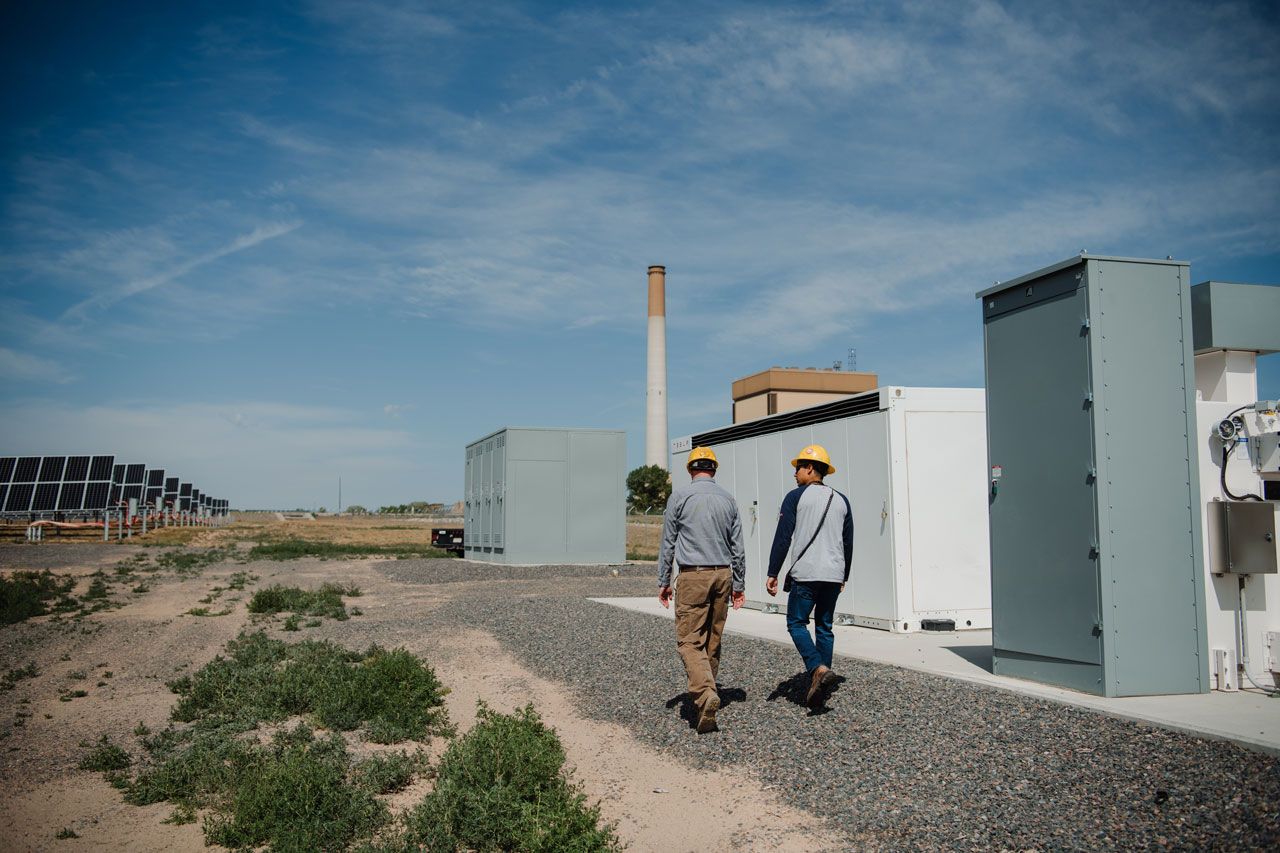Wells: Home ownership rates bounce back


Here come the Millennials.
After home ownership rates across the U.S. dropped to 62.9 percent in 2016 — down from a high of 69.2 percent in 2004 — we’ve seen a slow, steady comeback in ownership over the past three years. As of the start of this year, the U.S. Census Bureau estimates that 65.1 percent of American households are now owner-occupied.
SPONSORED CONTENT
How dispatchable resources enable the clean energy transition
Platte River must prepare for the retirement of 431 megawatts (MW) of dispatchable, coal-fired generation by the end of the decade and address more frequent extreme weather events that can bring dark calms (periods when there is no sun or wind).
We should note that Colorado’s home ownership rates are mimicking the national trend. Ownership hit a high of 71.3 percent in 2003 before dropping to 62.4 percent in 2016 and returning to 64.4 percent in 2018. It rose to 65.1 percent last year.
Much of the credit goes to the Millennial generation — those of us born between 1981 and 1996 — which is increasingly staking its claim to the American dream.
Realtor.com recently pointed out that Millennials represented 48 percent of home purchase mortgages in the fourth quarter of 2019. It’s no coincidence that the largest cohort of the Millennial generation is turning 30 this year — prime home-buying age for many Americans, history shows.
But there’s a deeper story to tell.
Since the U.S. economy started emerging from the Great Recession in 2009-2010, Millennials, and to a lesser extent Generation X (those born between 1965 and 1980), have been stymied on the path to home ownership. Compared to predecessor generations, Millennials have faced greater challenges in getting traction in their careers, which has delayed family formation and their ability to buy a home.
As more Millennials conquer their economic obstacles, along with the boost provided by continuing low interest rates, the impact is now coming to bear on housing demand.
In a recent assessment of market conditions, Freddie Mac said, “The combination of very low mortgage rates, a strong economy and more positive financial market sentiment all point to home purchase demand continuing to rise over the next few months.”
This trend might also be putting to rest the popular notion that Millennials are generations of renters. In fact, the recent “Millennial Report” published by Bank of America reports that “Of those with savings, 41 percent of Gen Z (born between 1997 and 2014) and 40 percent of younger Millennials are saving to buy a home.”
It’s apparent that Millennials, and the generation coming up behind them, haven’t lost sight of the value of home ownership — perhaps paying heed to the Federal Reserve’s recent report that median net worth for homeowners is 44.5 times that of renters ($231,400 vs. $5,200).
What’s it all likely to mean for Northern Colorado’s housing market? Potentially plenty.
Demographic data shows that Millennials have been a major factor in local population growth in recent years, particularly in Weld County. Between 2010 and 2020, the number of Millennials in Weld County increased by roughly 25,000. And Generation Z residents have expanded by nearly 70,000 in Weld and Larimer counties combined over that time. Taken together, these are two indicators of heavy housing demand still to come.
Brandon Wells is president of The Group Inc. Real Estate, founded in Fort Collins in 1976 with six locations in Northern Colorado

